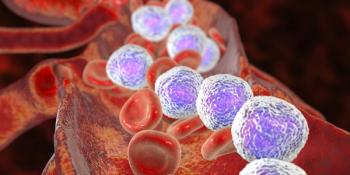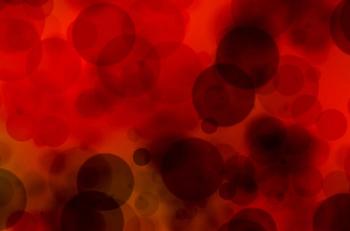
Follow-Up FDG PET/CT May Help Tailor Treatment for NHL
With a high sensitivity for detecting disease recurrence, follow-up imaging using PET/CT may help to more successfully guide the management of NHL patients at risk for disease recurrence.
With a high sensitivity for detecting disease recurrence, follow-up imaging using PET/CT may help to more successfully guide the management of patients with non-Hodgkin lymphoma (NHL) who are at risk for disease recurrence, according to the results of a study presented during the 2015 Society of Nuclear Medicine and Molecular Imaging Annual Meeting (abstract 599).
“A permanent cure may still be achieved using salvage chemotherapy, but early diagnosis of a relapse is essential,” study author Mehdi Taghipour, MD, a research fellow from the department of radiology at the Johns Hopkins Medical Institutions, said in a prepared statement. “PET/CT imaging is superior to conventional imaging for NHL, but the role of post-treatment PET/CT has been controversial. Our study proves that 39% of follow-up PET/CT scans added clinical value, which represents a significant improvement in NHL patient care.”
Taghipour and colleagues conducted a study examining all patients with NHL who had at least one follow-up PET/CT scan within 6 months of completion of their treatment and tracked the accuracy of these scans for detecting recurrence and whether the scan results in a change in disease management. The study included 204 patients and 560 PET/CT scans.
Results showed that PET/CT scans had 95.1% sensitivity for detecting relapse in NHL, and 90.5% specificity for ruling out NHL. The positive and negative predictive value for the PET/CT imaging was 84.5% and 97.1%, respectively. Lastly, overall accuracy of follow-up PET/CT was 92.1%.
Of the scans performed, 69.3% were done for routine follow-up, whereas, 30.7% were done due to clinical suspicion. The follow-up scans resulted in discovery of suggested disease in 22.2% of cases and the scans performed for suspicion ruled out suspected disease in 17.4% of cases.
As a result of these follow-up scans, patient management was changed in 17% of patients in the study, including the initiation of a new treatment modality in 15.7% of patients and a change or cessation of treatment in 1.6% of cases. In the majority of patients (74.8%) scans resulted in no change in management (53.6% continued to have no treatment and 21.2% continued the same treatment).
Newsletter
Stay up to date on recent advances in the multidisciplinary approach to cancer.


















































































